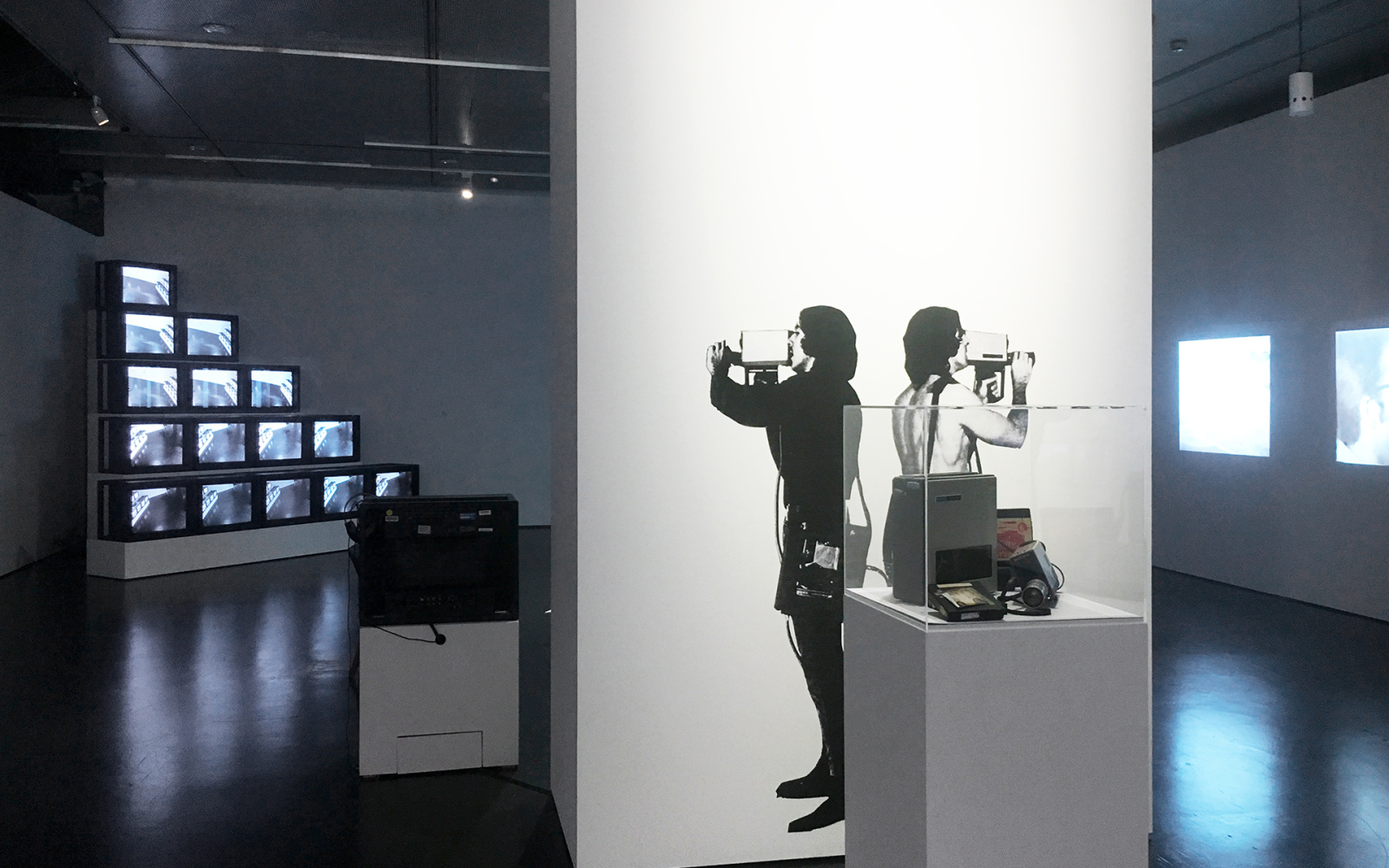Biographies
Radical Software. The Raindance Foundation, Media Ecology and Video Art
Frank Gillette was the founding director of Raindance and produced several multi-channel works which draw parallels between technological, ecological and cognitive processes. He is the author of numerous published works including »Between Paradigms« (1973) and »Of Another Nature« (1988) and has been the recipient of fellowships from the Rockefeller and Guggenheim Foundations as well as grants from the New York State Council on the Arts and the National Endowment for the Arts. Before setting up the Raindance Corporation in 1969, Gillette taught courses in Post-World War II Painting and Marshall Mcluhan at the Free University of New York. Gillette now actively works in painting, drawing and photograph and ives and works in Manhattan and East Hampton, New York.
Beryl Korot is the Raindance member most consistently associated with the leadership of the magazine »Radical Software«. She first met Schneider whilst studying English Literature at the University of Wisconsin, and they later collaborated together to produce »Video Art: An Anthology« (1976), a semina publication documenting early video art history. Also a Guggenheim fellow, Korot has been recognised for her multichanne works »Dachau 1974« (1974) and »Text and Commentary« (1977), which are in the Kramlich and Thoma Art Collections and the MoMA NYC collection respectively. Her works, which brought video technology into conversation with the ancient hand loom, have been shown in venues including The Kitchen (1975) Documenta 6 (1977), the Whitney Museum (1980/ 2002), Tate Modern (2014) and SFMOMA (2016). She later collaborated with composer and husband Steve Reich to make »The Cave« (1993) and »Three Tales «(2002), the former of which was shown in the ZKM exhibition »Medium Religion« in 2008.
Ira Schneider studied experimental psychology at Brown University (BA in 1960) and the University of Wisconsin, Madison (MA in 1964). During his studies, Schneider produced several award winning short films before turning to video and joining Raindance. As the collective's president from 1972–1993, Schneider restored many videos which are now archived at ZKM. His video installations »Manhattan is an Island« (1974) and »Time Zones« (1980) were shown internationally at the Whitney Museum and the Museo Reina Sofia among others. Since moving to Berlin in 1993, Schneider has continued to produce video documentary, art and installation works as well as information collages. Schneider was the co-editor of »Radical Software« and »Video Art: An Anthology «(1976). He recently published severa books including »Enjoying Depression« in 2016. He has been awarded several grants and prizes, including a Guggenheim Fellowship (1977), Fulbright Grant (1993) and the Hannah Hoch Award (2006).
Michael Shamberg was a correspondent for TIME magazine before co-founding Raindance in 1969. His book »Guerrilla Television« acted as issue six of the first volume of »Radical Software« and distilled the ideas of the Raindance collective into a media manifesto geared towards young activists. In 1972 Shamberg co-founded Top Value Television (TVTV) to produce alternate video documentaries. Shamberg currently is a movie and TV producer who has produced more than 40 films. His credits include »Erin Brockovich«, »World Trade Center«, »Freeheld«, »Freedom Writers«, »Contagion«, »Gattaca«, »Django Unchained«, »Pulp Fiction«, »Out of Sight«, »Get Shorty«, »A Fish Called Wanda«, »Garden State«, »Reality Bites«, and »The Big Chili«. He has been nominated for two Academy Awards and his movies have received 32 Oscar nominations. He also produces the international TV series »Into the Badlands« and he is an advisor to BuzzFeed Motion Pictures.
Paul Ryan was a theorist who became interested in video's relation to cybernetic theory whilst assisting Marshall McLuhan in a fellowship position at Fordham University. His first installation was »Everyman's Moebius Strip« at the »TV as a Creative Medium« exhibition at the Howard Wise Gallery in 1969. Ryan played an instrumental role in Raindance by producing tapes and contributing severa significant texts towards »Radical Software«, writings he expanded upon in »Birth and Death and Cybernation« (1973). In 1972, Ryan moved to the Hudson Valley and began to develop what came to be known as the Earthscore Notational System, an environmental approach to producing video. Ryan spent his later years as a media professor and his work has been exhibited widely, including shows at MoMA (1984), The Whitney Museum (1999–2000) and the Venice Biennale (2002).
Raindance was a cooperative organisation whose participants are too numerous to detail in full. Louis Jaffe and Marco Vassi helped with the establishment of Raindance in 1969 and Jody Sibert was initially involved in the collectives administration. Vic Gioscia, Harvey Simonds and Megan Williams also contributed to Raindance during its formative years. Phyllis Gershuny was the original co-editor of Radical Software, before Dean and Dudley Evenson joined the Raindance Foundation in 1971. Russ Johnson aided Ira Schneider with Night Light TV. Davidson Gigliotti, an original member of Videofreex and the Media Bus, has since designed a »Radical Software« website, where all issues have been available online since 2003.
